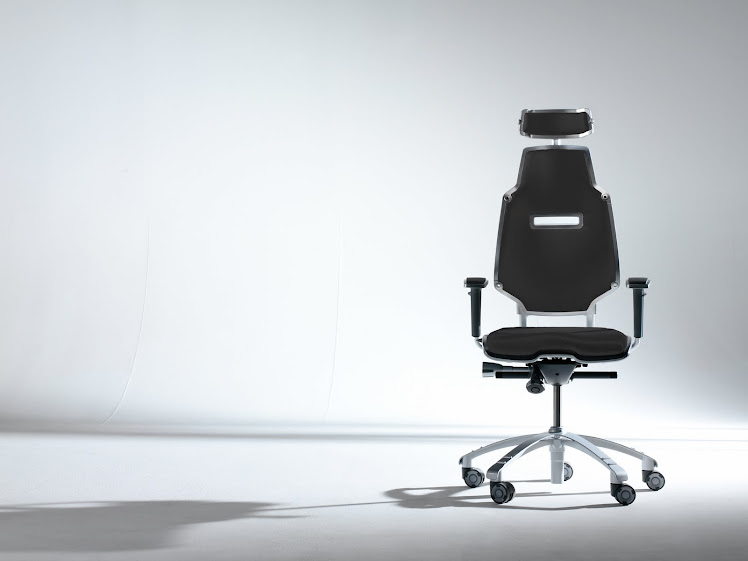Doctors in the U.K. are taking 3-D imagery to a whole new level, starting today: They're performing the world's first remotely-viewed 3-D operation using keyhole surgery.
The surgery is the latest experiment by the Minimal Access Therapy Training Unit in the University of Surrey, which has been working on 3-D endoscopic techniques throughout this year. Today's operation involves capturing 3-D images from inside the patient, transmitted to the surgeon via endoscope.
Meanwhile a fiber-optic cable will run the images to another room where an audience will look on, wearing similar goggles as you do when you're watching a 3-D movie in the theater. It's the first time this has been done, and it's not for the sake of novelty.
The surgeons are testing two things. Will students benefit from the extra detail available in a 3-D presentation of a surgical technique? Will the surgeons be adversely affected by the need to focus in 3-D for extended periods? The stereo image projection system needed for 3-D may lead to eye fatigue. It requires more effort than looking at a projected non-stereo image alone.
The surgeon's eyes will be monitored with eye-tracking cameras to try to assess fatigue and attention deficit. The data will show whether higher-level brain functions, the critical reasoning needed to make the operation work out well, overrule low-level thoughts about processing images--so the experiment is pushing back the frontiers of cognitive science, too.
So a patient will have twin cameras, plus surgical tools, inserted into their body; a surgeon will use the 3-D images to perform more precise procedures, students will watch 3-D images to learn about medicine, cameras will watch the surgeons eyes, and scientists will try to work out how his brain works. Beats watching Avatar in 3-D on a Blu-ray disc, doesn't it?
To read more news on this, and similar stuff, keep up with my updates by following me, Kit Eaton, on Twitter.

No comments:
Post a Comment